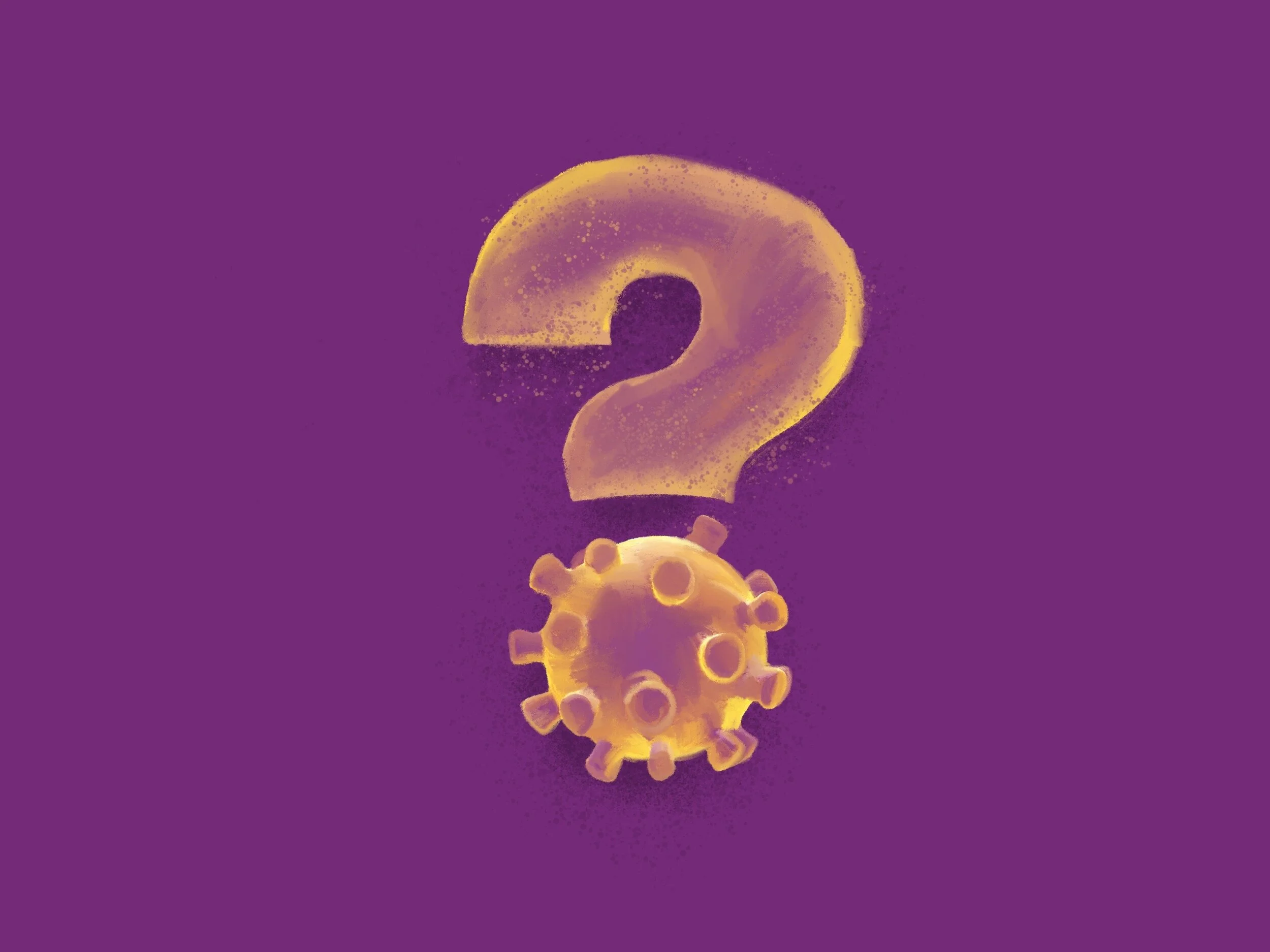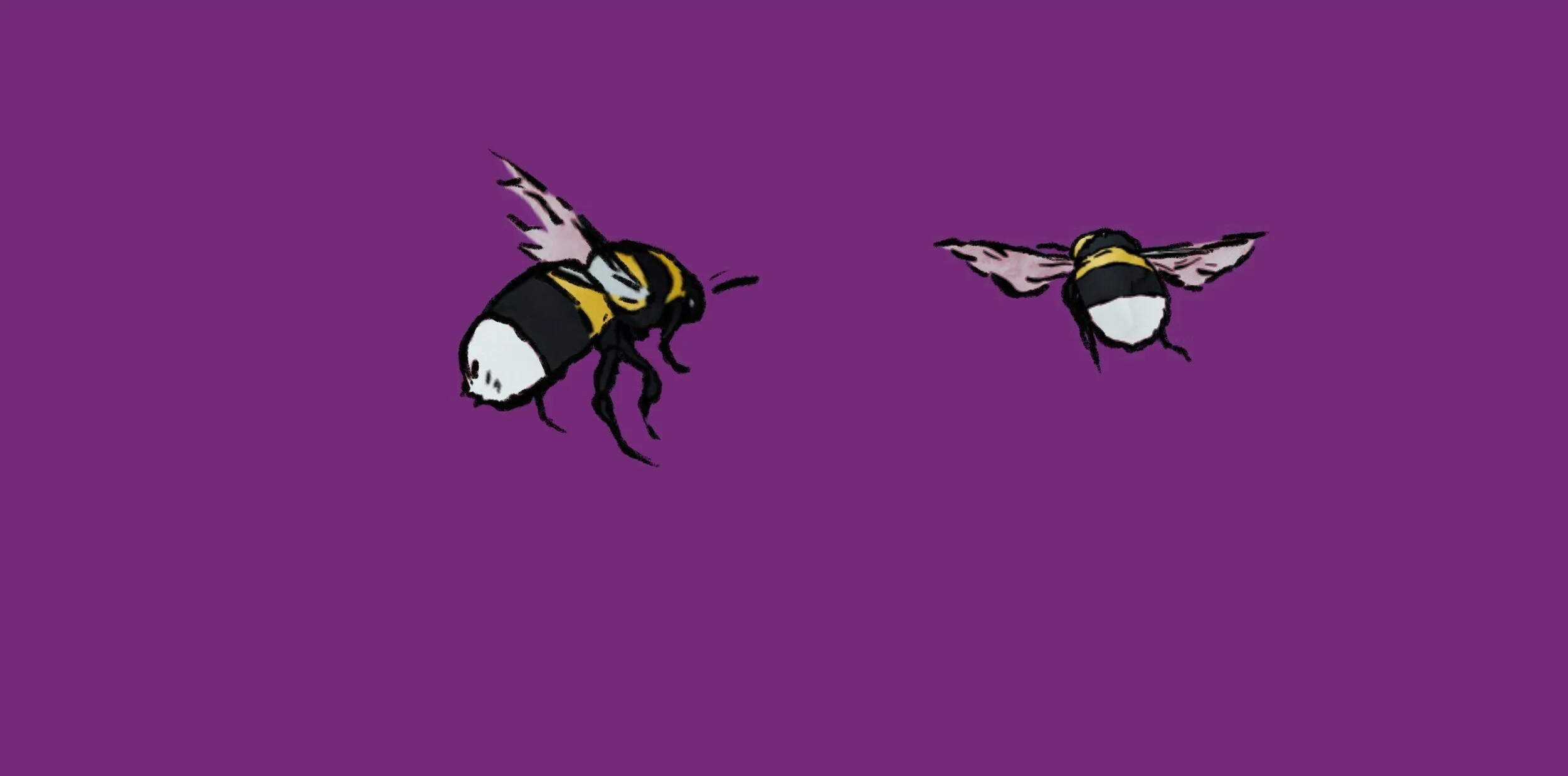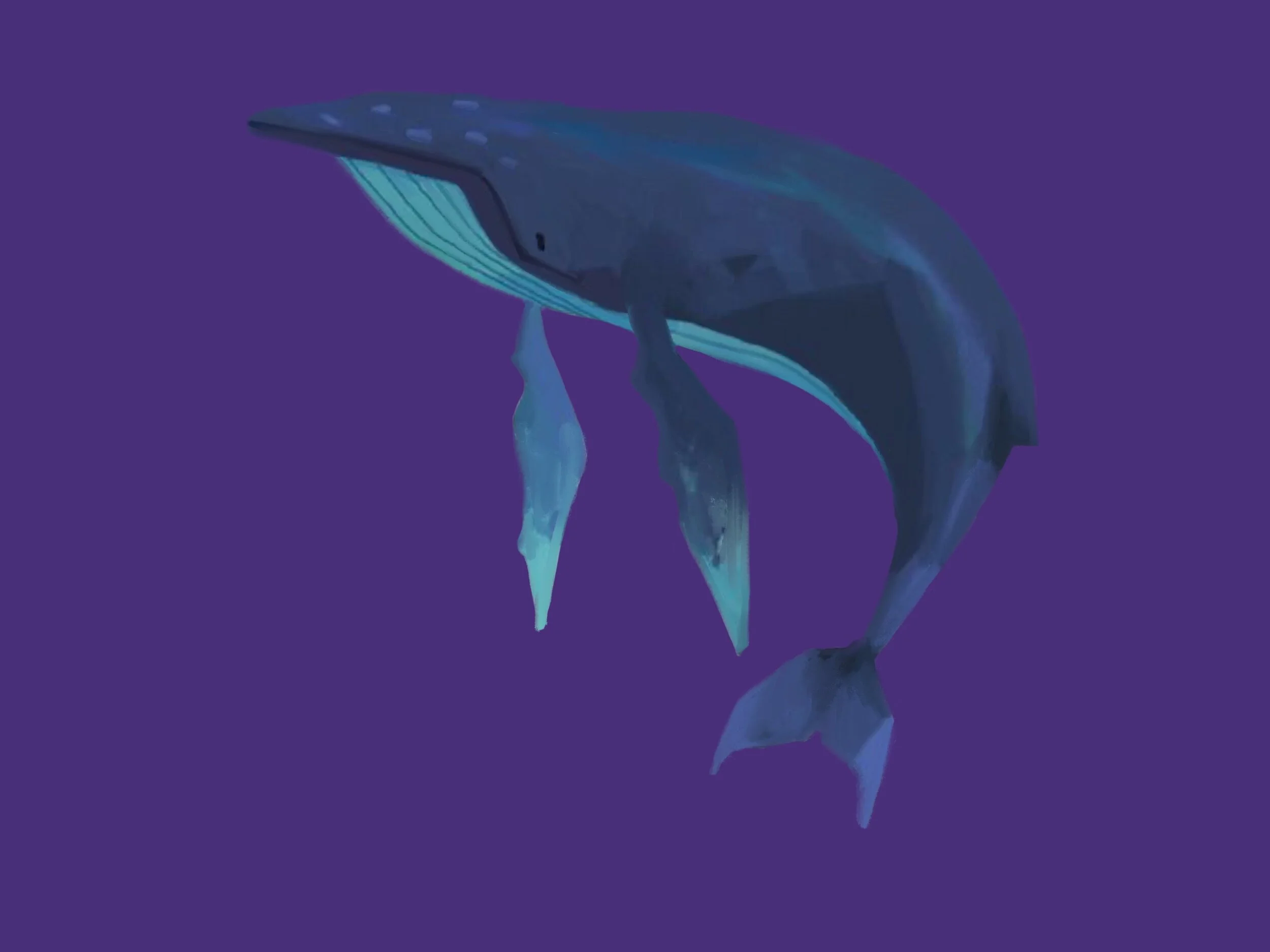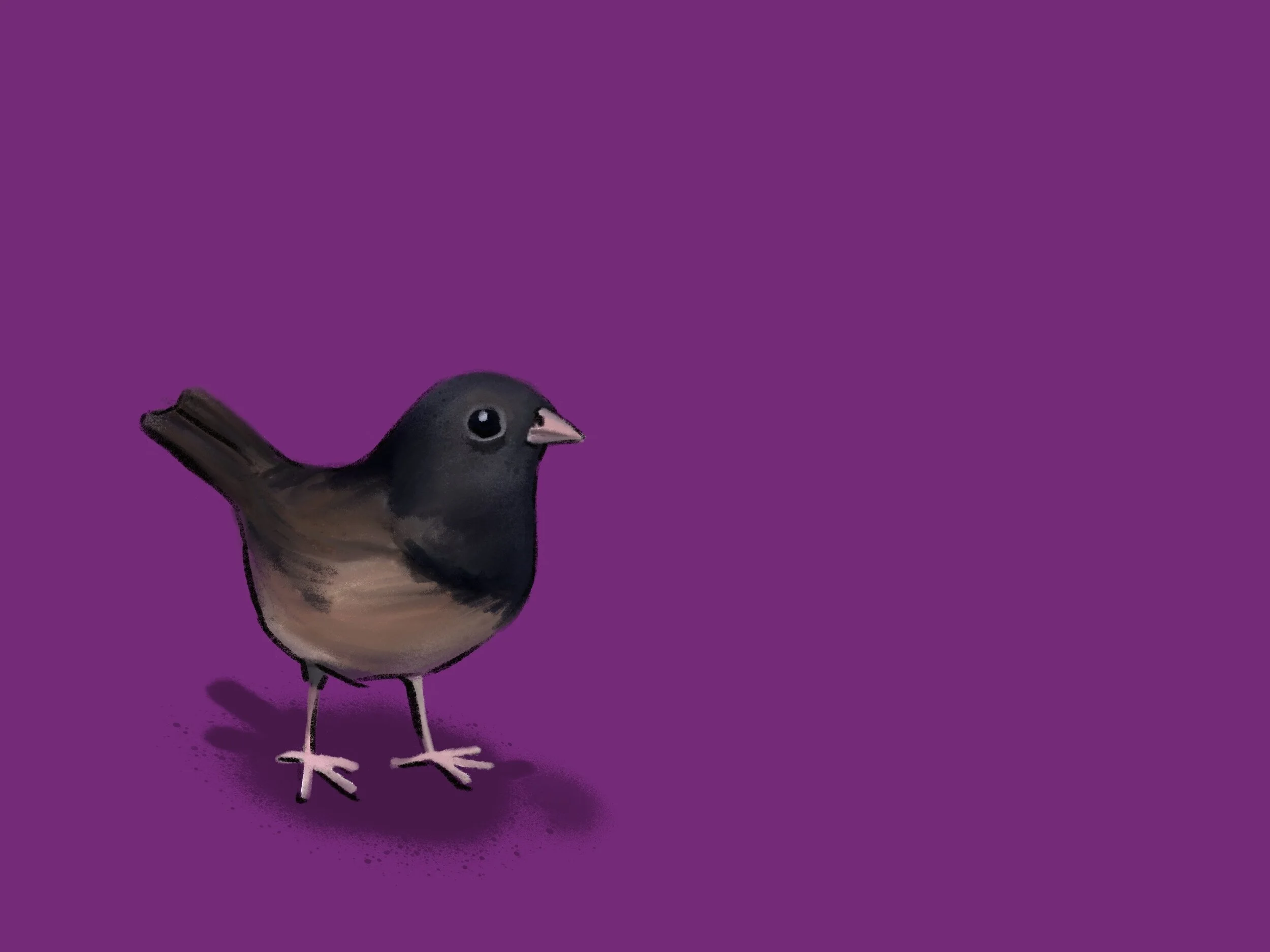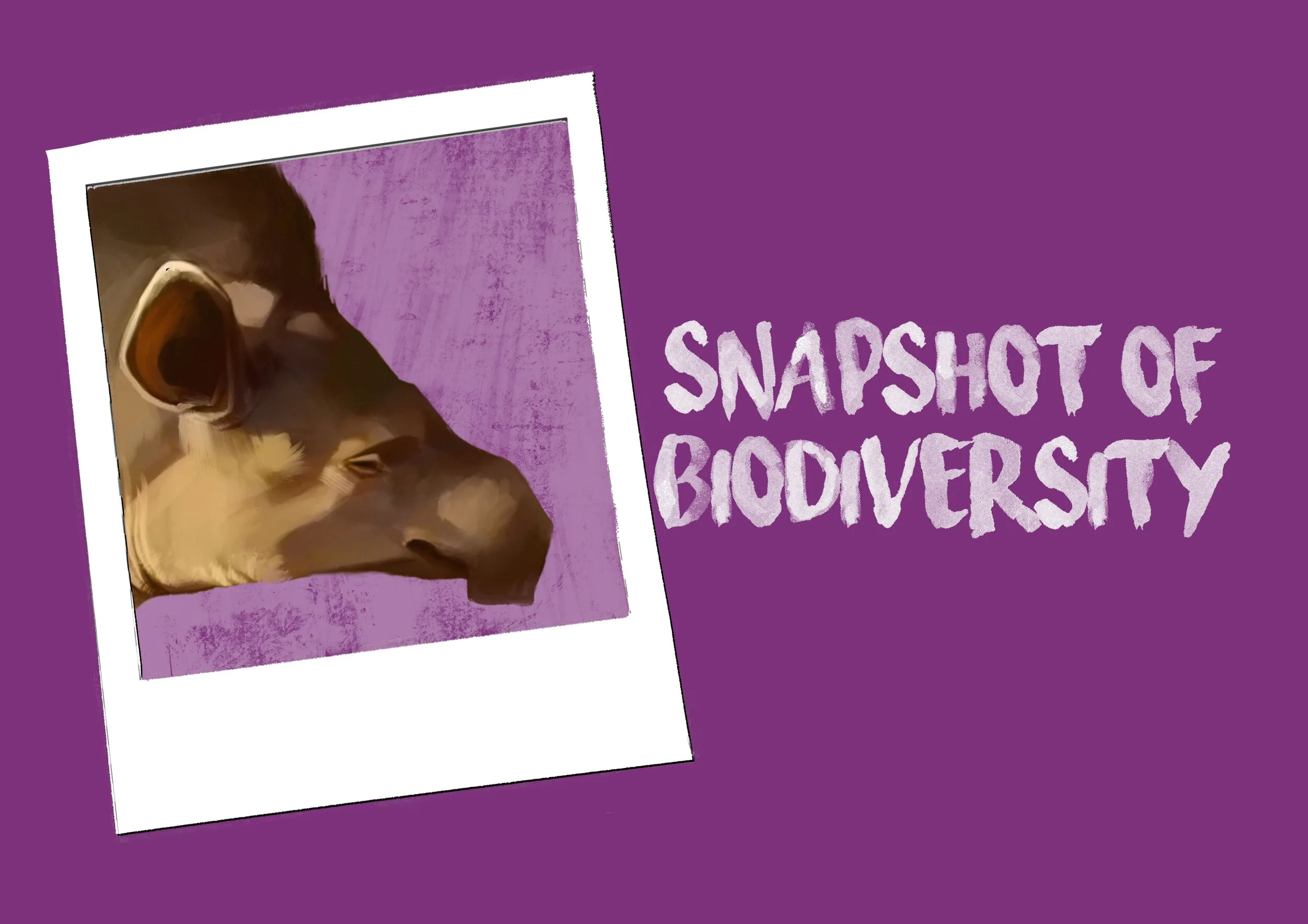Seventeen Digital Data Nuggets are available on DataClassroom and let your students easily make multiple graphs and explore multiple ways to visually represent data.
Read MoreIt can be important to be precise! Data can help cut through misinformation, but only if we are careful with our language and our numbers. Many are talking about Hydroxychloroquine as a “cure” for COVID-19, when in fact it is only being tested to help stop the spread of the virus after a known exposure. Thankfully, data can help us answer whether or not it is actually doing this.
Read MoreHow can data recorded during traffic stops in the state of Missouri that includes racial information about those being stopped help us to understand the extent to which institutional racism is evident in traffic enforcement practices in that state and beyond?
Read MoreProfessional sports leagues have to maintain competitive balance in order to uphold the values of the sport that fans cherish. This is often difficult to do when these sports teams also exist to make a profit and winning can greatly affect a team’s bottom line.
Read MoreThere are many ways to measure environmental quality and the health of an ecosystem. The use of biological assessment is often both a practical and powerful way to measure the health of an ecosystem. One commonly used biological assessment used the measure the health of streams and small rivers around the world is sampling benthic macroinvertebrates
Read MoreThe Chi-Square Goodness of Fit test is often the gateway to inferential statistics in high school. It appears in both the AP Biology and AP Statistics curricula and is one of the few statistical tests for which the test statistic can be easily calculated by hand even for datasets with a large number of samples.
Read MoreThe familiar scaled bar graph is a good place to start with middle school students who are learning to work with data in the digital environment.
Read MoreMolecules are constantly in motion as a result of a cell's stored kinetic energy, which causes them to bump into each other and move in random new directions. Diffusion is the movement of molecules from an area of where there are many (high concentration) to an area where there are fewer (low concentration).
Read MoreInfluenza pandemics have occurred multiple times throughout history. The influenza pandemic of 1918 was particularly severe and resulted in the deaths of 50-100 million people worldwide, with 500,000-675,000 deaths in the U.S. alone.
Read MoreThe Novel Coronavirus virus, specifically known as 2019-nCov, is responsible for a flu-like respiratory illness and has already to spread to 75,728 people and resulted in the deaths of more than 2,128 worldwide. While the vast majority of those confirmed cases have been within China, countries around the world are on high alert as confirmed cases have been reported in at least 26 other countries.
Read MoreDoes the environment in which a bee was raised determine its aggressiveness?
Honey bees are highly social creatures that live in large colonies of about 40,000 individuals and one queen. Every member of the hive works together to benefit the colony. Some of the tasks adult bees perform include making honey, nursing young, foraging for food, building honeycomb structures, and defending the colony.
Read MoreWhen Charles Darwin talked about the “struggle for existence” he was making the observation that many individuals in the wild don’t survive long enough to reach adulthood. Many die before they have the chance to reproduce and pass on their genes to the next generation.
Read MoreData have the power to change the world. Today we have the tools to record data and uncover life-changing insights faster than ever. Let's go back in time when the only data tools available were pen and paper. That's all Florence Nightingale needed to change the world forever with her data.
Read MoreIn what ways does the abundance and/or sex ratio of male and female humpback whales change over the course of the year in the Western Antarctic Peninsula? People have hunted whales for over 5,000 years for their meat, oil, and blubber. In the 19th and 20th centuries, pressures on whales got even more intense as technology improved and the demand for whale products increased.
Read MoreHow do female juncos determine the quality of potential mates?
Animals collect information about each other and the rest of the world using multiple senses, including sight, sound, and smell. They use this information to decide what to eat, where to live, and who to pick as a mate. Choosing a mate is an important decision that requires a lot of information, such as how healthy a potential partner is, and information about their genes. Mate quality can affect how many offspring an animal has and if their genes will get passed on to the next generation.
Read MoreDo insects prefer local or foreign foods? Featured scientist: Elizabeth Schultheis from Michigan State University Research Background: Insects that feed on plants, called herbivores, can have big effects on how plants grow. Herbivory can change the size and shape of plants, the number of flowers and seeds, and even which plant species can survive in a habitat.
Read MoreWhen the tragedy of a mass shooting repeats itself in cities across the United States, we find ourselves asking why it happens. While gun violence is not a uniquely American problem, more mass shootings occur in the United States than in any other country on earth. And they keep happening. What can explain this? Data can provide insights into the underlying factors that may be responsible for gun violence in the United States.
Read MoreA Tail Of Two Scorpions
Do painful scorpion stings affect the behavioural choices of the grasshopper mouse?
Read MoreThis Ready-to-Teach dataset contains the number of Spotify streams of "All I Want For Christmas is You" by country on the 48 hours of Christmas Eve and Christmas Day as well as the song's country-specific mean rank among all songs over the holiday season.
Read MoreSince it can be difficult and time consuming to observe wild mammals, researchers use camera traps to record data on the populations of interest. Camera traps are motion-activated cameras that photograph any animal that passes in front of the camera. The photos are then reviewed to identify which species were captured on camera and how frequently they were recorded in the photos. These data can then be used to answer research questions about biodiversity in the surrounding area and inform the Maijuna’s conservation management plan.
Read More










